Description
hardware flow control. It is an ideal choice in the field of industrial automation.
(1) Use STEP7V5.2 configuration software and enter Hardware Configure to complete S7-300 PLC hardware configuration;
(2) Select S7-315-2DP as the main station system, import the GSD (device database) file of NPBA-12 into the STEP7 programming environment, and configure the software
to configure NPBA-12 with S7-315-2DP as the main station. DP online, and select the PPO type to use. This design uses PPO4 to set the site network address. In the Profibus
structure of the variable frequency drive device, ABB frequency converters use the Profibus-DP communication module (NPBA-12) for data transmission, which is
mainly periodic: the host reads the input information from the slave station and sends the output information back to the slave station. ,
so it is necessary to call two system function blocks SFC14 and SFC15 in the PLC main program to read and write these data to achieve communication control to
the frequency converter;
(3) Create a data block in the main PLC program for data communication with the frequency converter; establish a variable table for observing the real-time
communication effect.
4 Inverter operation settings
After the frequency converter and PLC are connected to a network using Profibus-DP fieldbus, in addition to programming in the PLC automation system,
appropriate parameter settings must also be performed on each frequency converter.
After the communication cable is connected, start the inverter and complete the setting of the inverter communication parameters.
4.1 Basic settings
(1) 51.01—Module type, this parameter displays the module model detected by the transmission device. Its parameter value cannot be adjusted by the
user. If this parameter is not defined, communication between the module and the drive cannot be established.
(2) 51.02—This parameter selects the communication protocol, “0” selects the Profibus-DP communication protocol.
(3) 51.03—This parameter is Profibu
The PPO type selected by s connection, “3” is PPO4, but the PPO type on the inverter should be consistent with the PPO type configured on the PLC.
(4) 51.04—This parameter is used to define the device address number, that is, the site address of the frequency converter. Each device on the Profibus
connection must have a separate address. In this design, the two frequency converters are stations 2 and 3 respectively. [1]
4.2 Connection of process parameters
The process parameter interconnection completes the definition and connection of the corresponding parameters of the NPBA-12 dual-port RAM
connector and the frequency converter, including the connection from the master station (PLC) to the frequency converter and the connection from the frequency
converter to the master station (PLC). Set the following connection parameters on the frequency converter.
(1) PZD value sent from PLC to transmission inverter
PZD1—control word, such as start enable, stop, emergency stop and other control commands of the frequency converter;
PZD2—frequency setting value of the inverter.
(2) PZD value sent from the transmission inverter to the PLC
PZD1—status word, such as alarm, fault and other inverter operating status;
PZD2—actual speed value, current actual value, etc. of the frequency converter.
5 Conclusion
After the inverter control system adopts the Profibus-DP fieldbus control mode, the entire system not only has strong reliability and is easy to operate, but also can
be flexibly modified according to process needs. After this system was applied in Jigang Baode Color Plate Co., Ltd., it has been running well and has provided a successful
example for the future automation equipment (network communication of different manufacturers) of the head office.
New technology from Swiss ABB Group: Complete car charging in 15 seconds
This technology can charge a car in 15 seconds
The Swiss ABB Group has developed a new electric bus technology that can complete vehicle charging in 15 seconds . No other company”s battery technology can achieve this performance.
ABB has developed a technology called “Flash Charging” that allows an electric bus with 135 passengers to charge at charging points along the route. The charging point has a
charging power of 400 kilowatts and is located above the vehicle. The charging point is connected to a moving arm controlled by a laser and can charge the car battery in 15 seconds. Its
minimal design will help protect the urban environment and surrounding landscape.
The idea behind this design is to give the electric bus enough power to travel to the next charging station after one charge. The end of the line will allow for long periods of full charging
, with the car able to travel longer distances on a full charge. In addition to faster charging times, the system uses a carbon-emission-free solution called
TOSA to obtain electricity from clean hydroelectric power stations.
ABB initially plans to use this technology between Geneva Airport and the Palexpo International Convention and Exhibition Center. If the test is successful
, it will be deployed to public transportation systems. This is more cost effective and environmentally friendly.
ABB Executive Chief Technology Officer Claes Rytoft said: “With flash charging, we can trial a new generation of electric buses for large-scale transportation
in cities. This project will provide greater flexibility, cost-effectiveness and flexibility.” Paving the way for a lower public transport system while reducing pollution and noise.”
MECS UTX1010 Wafer robot control system
MECS CS-1000 Wafer robot control system
TERADYNE A1004-00003 398-723-00 Analog input module
TRAFOTEK CHK0520 Ampere output reactor
Sime-Stromag 4205(405227) Control module
SIEMENS 6SE7022-6EC61-Z Vector control converter compact device
SIEMENS 6FC5210-0DF31-2AA0 power module
Siemens 6FC5203-0AF02-0AA0 OP012 Key panel
SIEMENS 6FC5103-0AB03-0AA2 Operating panel
SIEMENS 6ES7416-3ES06-0AB0 Analog input module
SIEMENS 6ES7414-3XM05-0AB0 DCS module
SIEMENS 6ES7318-3EL00-0AB0 Central processing unit
SIEMENS 6ES5948-3UR23 Central processing unit
SIEMENS 6DD2920-0AB0 TS12 module
SIEMENS 1FK6084-6AZ21-9ZZ9-ZS05 Servo-synchronous motor
Seidel MV65WKS-CE310/22PB Servo drive module
SAGEMCOM 252721117AC Processor module
SAGEMCOM 252721013AF PLC function module
SAGEMCOM 252720938AB Main interface board
Saftronics EZ6-40 Temperature transmitter
Rolls-Royce H1127.0101 Marine controller
REXROTH TV-3000HT-PUMF Servo controller
REXROTH RAC-2.2-200-460-A00-W1 Drive controller
Rexroth DKC02.3-200-7-FW Amplifier drive controller
RADISYS EPC-16 Embedded controller
CG6060/32-4TE1 NMS Control system
NACHI BUY222 Servo amplifier
N7K-M148GT-11L CISCO Ethernet module
MHD093C-058-PG1-AA servomotor
MARPOSS E9066 Amplifier for flat panel liquid crystal display
DDLS 200/200.1-50-M12 50125767 LEUZE Optical data transmission
LEYBOLD SV40BI Rotary vane pump
DDLS 200/200.2-50-M12 50125768 LEUZE Optical data transmission
KUKA KPS-600/20-ESC Power supply unit
KROHNE KDB-FT1600 flowmeter
INICTO3A ABB Computer transmission module
IC697CPX935 Single slot PLC CPU
HoloTrak IS8500 232/422 Bar code scanner
HIMA H51q-HRS B5233-2 997205233 Central control unit
B&R HCMCO3MC-1A processor
FOXBORO ZCP270 Control processor
P0973LN FOXBORO Switch gateway
FOXBORO CP60 Control processor
FOXBORO CP40B Digital output module
Force Computers SPARC CPU-2CE/16 VME single-board computer
ENI GHW-12Z RF Generator
BOSCH SF-A4.0125.015 14.057 servomotor
BOSCH SE110 0608830109 Bosch analog servo
GE VME64 BK698CPA15B0 Controller module card
BAUMULLER BKF12/120/400/2002 Built-in power converter
ABB UNS4881b.V4 3BHE009949R0004 Excitation system
1394-SR9A Servo controller
1394-SJT22-A Turbocharging system module
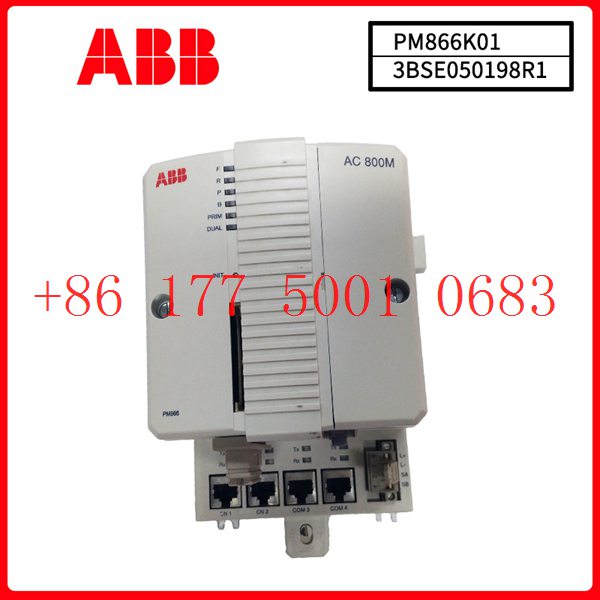
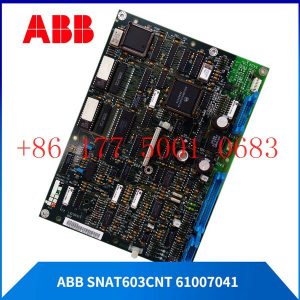
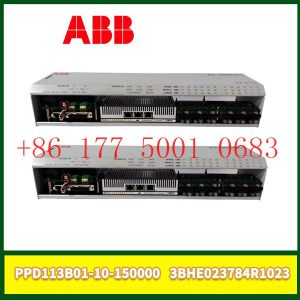
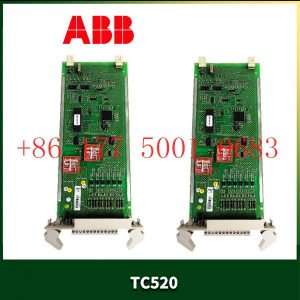
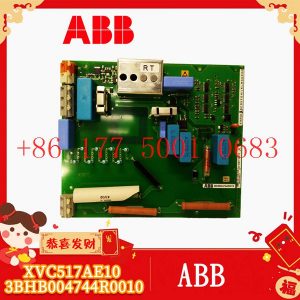



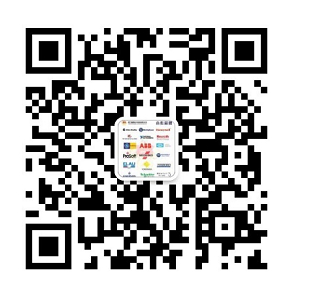
Reviews
There are no reviews yet.